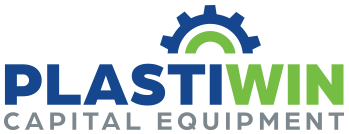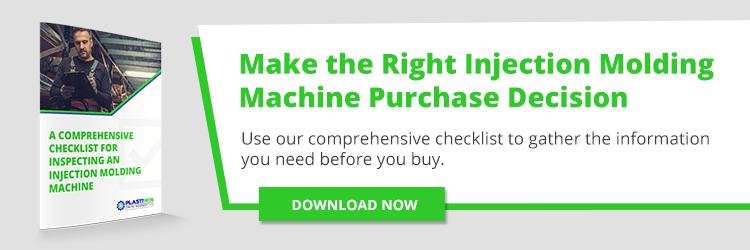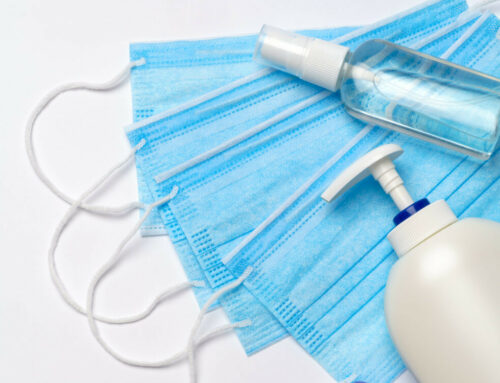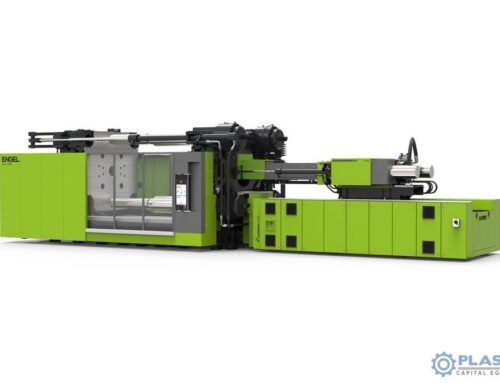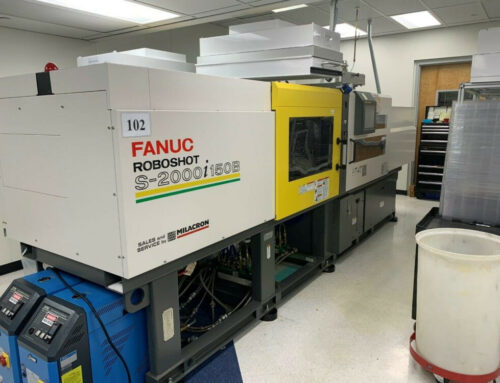No matter what industry your business operates in, having the equipment you need to get the job done is essential. Even if you’ve decided to go with more cost-effective used equipment as opposed to something brand new, an outright equipment purchase can still put a serious dent in your immediate cash flow.
However, with equipment financing, your business can get the equipment it needs now without having to make a large up-front investment that takes capital away from other ventures. Here is a breakdown of what to expect when financing used equipment so you can decide if it’s the right move for you!
Common Equipment Financing Terms
Here are some common terms you may run into when researching equipment financing:
- Loan amount. This is the total amount of money your business would receive from your lender in order to purchase the equipment.
- Interest rate. Your interest rate determines how much more you will pay back to the lender on top of the original loan amount, which will depend on factors like your credit score, business history, loan amount, and term. This is what incentivizes lenders to make an up-front investment on your behalf.
- Term. Your loan term is the length of time you will be making payments back to the lender for the original loan.
- Collateral. This is an asset that a lender accepts as security for making the up-front investment on your behalf. If you do not make your loan payments, the lender can then seize the collateral and sell it to recoup their losses.
- Lien. Once collateral has been seized by the lender, a lien gives them the legal right to sell it.
How Does Equipment Financing Work?
Equipment financing means securing a loan to purchase a piece of used equipment your business needs. When financing used equipment, you will be required to make periodic payments on the loan that includes interest and principal over a fixed term. The payment schedule and interest amount will depend on how big the loan is and the lender’s unique specifications. As security for their up-front investment, the lender may also require a lien on the equipment as collateral against your debt.
However, once the loan is paid in full, you will then own the equipment free of any lien. If you do not make your loan payments on time, it may result in the repossession of the equipment. To truly understand the amount of risk you are taking on through equipment financing, it is important to carefully review all loan terms before agreeing to them.
Equipment Financing and Leasing: What’s the Difference?
Equipment financing is not the same thing as leasing a piece of equipment from a dealership or private owner. With equipment financing, once you pay back the full amount of the loan and any required interest, you will own the equipment outright. However, at the end of an equipment leasing term, the equipment is then returned to the owner (unless you have made an agreement to renew or buyout the lease).
Therefore, if you want to eventually be the owner of the equipment, equipment financing is the right move with you. If you do not want to commit to owning the equipment in the future, or only need it for a particular amount of time due to project-based or seasonal needs, leasing would be the better option for your business.
Equipment Financing Rates
The interest rate on equipment loans is typically 2-20%. Terms are usually between 12 and 72 months but will vary depending on what kind of loan you’re taking out and the specific lender you’re working with.
Equipment loan payments are determined by four main factors: loan amount, interest rate, term, and collateral. You can input these numbers into a virtual equipment financing calculator to get a starting point idea of how much your equipment loan will cost you. Keep in mind these rates will also largely depend on your credit score and how long you’ve been in business—the higher your credit score and more reputable your business with proven cash flow, the lower your interest rate will likely be.
Understanding the Section 179 Tax Law
Deciding to purchase a piece of equipment can have a real impact on your bottom line—which is why Section 179 of the IRS tax code was created. This incentive by the U.S. government is meant to encourage businesses to make an investment in themselves by buying equipment.
The Section 179 tax code allows businesses to deduct the full purchase price of qualifying equipment purchased or financed within the tax year. What does this mean for you? If you buy or lease a piece of qualifying equipment, you would be able to deduct the full purchase price from your gross income. This can save your company a lot of money! If you want to figure out just how much for a particular piece of equipment you have your eye on, use this handy calculator to crunch the numbers.
Qualifying for Equipment Loans
Lenders may have different requirements for obtaining an equipment loan based on laws or standards in their area or personal preferences. However, here are three of the most common qualifications a lender will look at when deciding whether or not to give out a loan:
- Credit score. This will likely be the most important factor in obtaining an equipment loan. The higher your credit score, the more likely you are to be approved for a loan—plus receive better terms.
- Business plan. Lenders often require a written business plan to get a comprehensive summary of your business. This may include how many years you’ve been in business, annual revenue, and plans for future growth. Some lenders may have minimum requirements to receive an equipment loan, such as being in business for at least one year with annual revenue of over $200,000.
- Balance sheet or cash flow statement. These statements will help lenders understand what revenue you have coming in and what expenses are being paid out. This helps them assess the financial strength of your business so they can determine how much risk they’d be taking on by lending you money for an equipment purchase.
Remember to have all of this documentation ready ahead of time to expedite the equipment financing application process. You may want to consider turning to a professional accountant to help you put all of this information together and ensure all your finances are in order.
Equipment Funding Sources
There are various equipment funding sources out there that your business can choose from, ranging from larger, traditional national lenders to smaller, specialized online lenders. There is no one size fits all option—your choice will depend upon your business’s unique needs.
Traditional national lenders (think Capital Financing) generally have stricter underwriting requirements, but better rates and terms. They may be more suitable for established businesses with strong, steady cash flow.
Specialized online lenders tend to be more flexible with their underwriting requirements, but the tradeoff is that their rates and terms are likely to be less favorable. This type of lender is ideal for startups or businesses that may not be able to meet the minimum credit requirements of national lenders or don’t have a strong enough cash flow.
Now that you know the basics of used equipment financing, you can determine if this is a route your business should take!
At PlastiWin Capital Equipment, we’re one of North America’s top plastic, chemical, and rubber processing equipment suppliers. We’re dedicated to providing quality used processing equipment, and offer a variety of equipment financing methods to meet the needs of your business. To find out more, contact our team of experts today!
